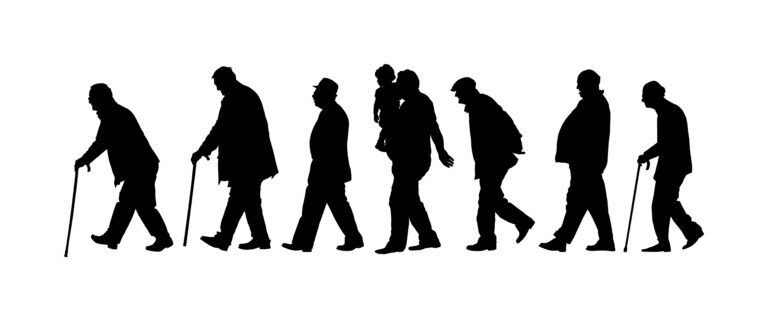Alzheimer’s disease is a progressive brain disorder that affects a person’s memory, thinking, and behavior. As the disease progresses, it can become difficult for a person to perform everyday tasks, such as using the toilet. This can be a challenging and delicate situation for both the person with Alzheimer’s and their caregiver. However, with patience, understanding, and some practical strategies, it is possible to help a person with Alzheimer’s wipe after using the toilet.
1. Understand the Person’s Needs
The first step in helping a person with Alzheimer’s wipe after using the toilet is to understand their specific needs. Every individual with Alzheimer’s is unique and may have different levels of cognitive impairment. Therefore, it is essential to observe and understand the person’s abilities, limitations, and comfort level.
Some people with Alzheimer’s may be able to perform the task with minimal assistance, while others may require more hands-on help. It is crucial to be patient and empathetic while trying to understand their needs and preferences.
2. Create a Comfortable Environment
The bathroom can be an unfamiliar and overwhelming place for a person with Alzheimer’s. Therefore, it is essential to create a comfortable environment that will make them feel safe and at ease. Keep the bathroom well-lit, clutter-free, and at a comfortable temperature. You can also consider adding grab bars and non-slip mats to prevent falls.
You can also try playing soft music or using calming scents in the bathroom to help relax the person. It may also help to maintain a consistent routine for using the toilet to provide a sense of familiarity.
3. Use Simple Language and Clear Instructions
Communicating with someone who has Alzheimer’s can be challenging. It is crucial to use simple language and clear instructions while helping them with toileting. Avoid using complex sentences or medical terms that they may not understand.
Use short phrases and demonstrate the task if necessary. For instance, you can say “wipe front to back” and show them how to do it. Avoid rushing or being impatient, as this may cause confusion and agitation.
4. Use Visual Aids
People with Alzheimer’s often respond better to visual cues rather than verbal instructions. You can use visual aids, such as pictures or diagrams, to help them understand and remember the steps involved in wiping after using the toilet.
You can also try placing a sign with images or words on the wall of the bathroom to remind them of the steps. These visual aids can also help maintain their independence and self-esteem.
5. Assist with Proper Positioning
Proper positioning is crucial for effectively wiping after using the toilet. For a person with Alzheimer’s, this can be a challenging task to accomplish independently. As a caregiver, you may need to assist them in sitting on the toilet correctly. You can also consider using a raised toilet seat or a commode chair, which can make it easier for them to sit and stand.
Additionally, ensure that they are sitting upright and leaning slightly forward to facilitate bowel movements. Once they have finished using the toilet, help them lean forward to access the toilet paper easily.
6. Use Wipes or Wet Cloths
For some people with Alzheimer’s, using toilet paper can be confusing or challenging. In such cases, using wet wipes or damp cloths can be more effective and hygienic. These pre-moistened wipes are easier to handle and can provide better cleaning.
Make sure to dispose of the wipes or cloths properly to maintain a clean and sanitary bathroom environment.
7. Maintain Dignity and Respect
Helping someone with Alzheimer’s wipe after using the toilet can be an intimate and personal task. It is essential to maintain their dignity and respect throughout the process. Allow them privacy as much as possible, and only provide assistance when needed.
Be gentle and respectful while helping them with toileting tasks. This will help preserve their sense of self and dignity, which is crucial for their emotional well-being.
8. Seek Professional Help
As Alzheimer’s progresses, the person may require more assistance with toileting. In such cases, it may be helpful to seek professional help from a home health aide or a caregiver. These trained professionals can assist with all aspects of personal care and provide the necessary support and guidance to caregivers.
They can also assess the person’s needs and provide recommendations for adaptive equipment, such as toilet seat risers or handheld bidets, to make the task easier.
In conclusion, helping a person with Alzheimer’s wipe after using the toilet can be a challenging and sensitive task. It requires patience, understanding, and empathy. By understanding the person’s needs, creating a comfortable environment, using simple language and visual aids, assisting with proper positioning, and maintaining dignity and respect, you can make this daily task more manageable and comfortable for both the person with Alzheimer’s and their caregiver. Remember to seek professional help when needed, and always approach the task with kindness and compassion.





